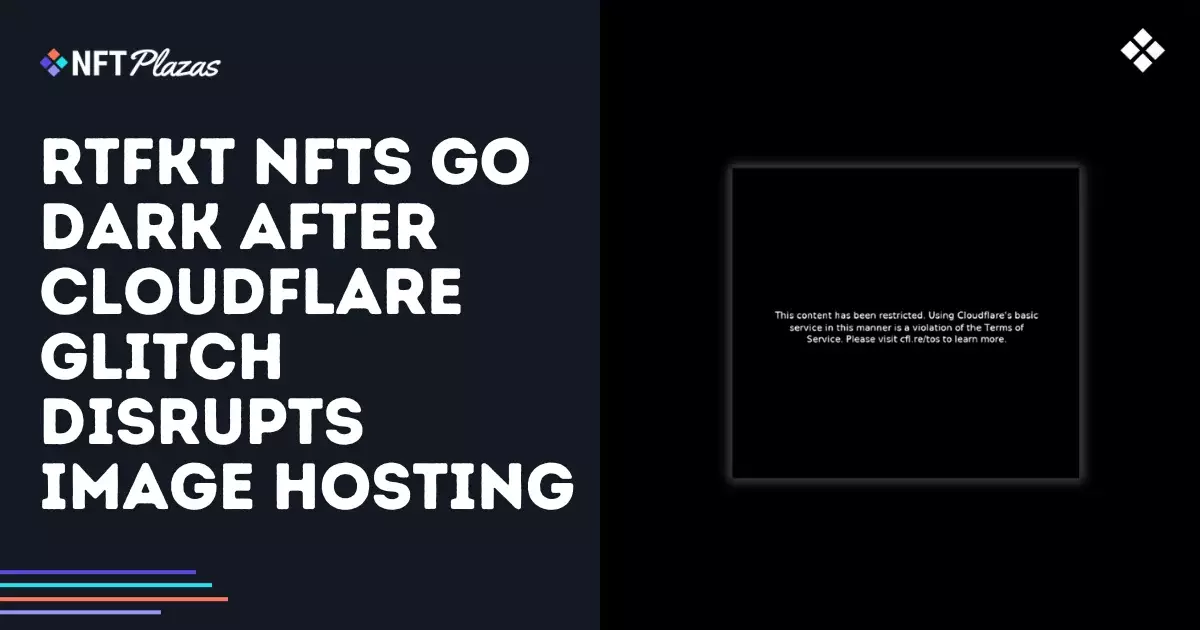In a striking demonstration of how precarious the world of digital collectibles can be, recent events surrounding the Ethereum NFT collections Clone X and Animus have raised serious concerns for collectors everywhere. The incident, which saw the disappearance of visual assets due to a hosting issue, underscores an unsettling truth: even in the blockchain era, true ownership remains an elusive concept. While the tokens themselves are secure, the dependencies on centralized hosting platforms like Cloudflare reveal significant vulnerabilities. The reliance on such third-party services raises uncomfortable questions about the integrity and permanence of digital assets.
Centralization vs. Decentralization
It’s ironic that in an era lauded for decentralization, the very infrastructure enabling digital collectibles is increasingly leaning on centralized solutions. The recent glitch occurred when Cloudflare downgraded the account responsible for accessing the NFT images, resulting in a generic black screen seen by anxious collectors. Perhaps the most disconcerting aspect is that this disruption was not due to a fault in blockchain technology, but rather an arbitrary policy decision by a third party. While the Ethereum blockchain itself remains immutable, the off-chain hosting of these assets makes them susceptible to centralized failures. This incident also illuminates a broader concern: why are we still entrusting our digital assets to centralized platforms designed for a bygone internet era?
A Wake-Up Call for Collectors
For collectors, this is more than just a technical issue; it serves as a wake-up call. NFT holders must ask themselves: what do they want from their investments? Blindly trusting in centralized platforms could result in financial losses and a loss of access to prized digital assets. As Samuel Cardillo, the former Head of Technology at RTFKT, outlined the plan to migrate assets to Arweave—a decentralized storage solution—collectors must now recognize the importance of advocating for long-term preservation and access to their NFTs.
Costly Lessons Ahead
The transition to Arweave is expected to cost around $2,800. While this may seem like a steep price, such expenditures reflect the growing urgency for a long-term sustainable approach toward digital asset preservation. In an age when speculative value is often assigned to digital items, the investment in secure storage appears no longer optional but rather crucial. Collectors should prioritize asking questions about how their digital collectibles are stored and presented.
Looking Forward: Embracing Greater Independence
Ultimately, this glitch serves as a crucial moment of reflection not only for the NFT community but also for the larger discussions surrounding blockchain and digital rights. The migration toward decentralized solutions like Arweave is a promising development, but it is merely a first step. Collectors must demand transparency from creators and platforms, ensuring that the tech behind NFTs evolves to suit the principles of decentralization that underpin their appeal. Only through this pursuit can a more resilient and secure future for digital collectibles be realized.















